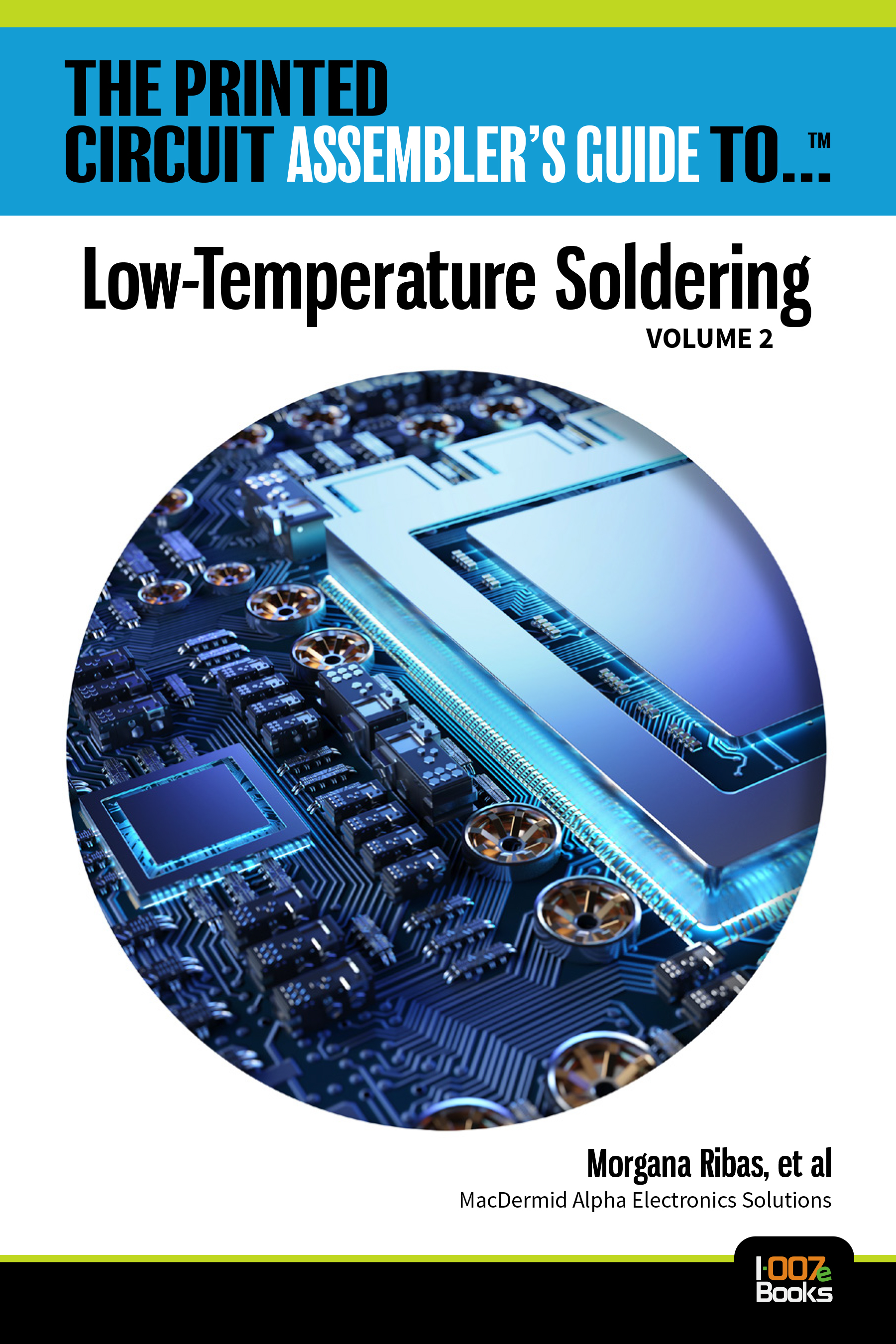NRL Completes Development of Robotics Capable of Servicing Satellites, Enabling Resilience for the U.S. Space Infrastructure
November 18, 2024 | NRLEstimated reading time: 3 minutes
U.S. Naval Research Laboratory (NRL) Naval Center for Space Technology (NCST) in partnership with Defense Advanced Research Projects Agency (DARPA) successfully completed development of a spaceflight qualified robotics suite capable of servicing satellites in orbit, Oct. 8.
Under DARPA funding, NRL developed the Robotic Servicing of Geosynchronous Satellites (RSGS) Integrated Robotic Payload (IRP). This transformative new space capability was delivered to DARPA’s commercial partner, Northrop Grumman’s SpaceLogistics, for integration with its spacecraft bus, the Mission Robotics Vehicle (MRV).
“The recent completion of thermal vacuum testing marks a major milestone toward achieving the program’s goal of demonstrating robotic servicing capabilities on orbit in the near future,” said NRL Director of Research Dr. Bruce Danly. “NRL’s contributions to the robotic payload are an essential part of realizing this vision, which promises to transform satellite operations in geostationary orbit, reduce costs for satellite operators, and enable capabilities well beyond what we have today. In fact, the anticipated capabilities are potentially revolutionary for both national security and civil applications.”
As DARPA’s robotic payload developer for the RSGS program, NRL looked to the future to design, build, integrate, and test groundbreaking satellite servicing capabilities.
“This collaboration unlocks new servicing opportunities for both commercial and government satellites, enabling usual-close inspections, orbital adjustments, hardware upgrades, and repairs,” said Bernie Kelm, NRL NCST superintendent of the Spacecraft Engineering Division. “We’ve created advanced spaceflight hardware and software that will significantly enhance satellite servicing operations, including all robotic controls.”
Satellites in geosynchronous orbit, positioned approximately 22,000 miles above Earth, are crucial for military, government, and commercial communications, Earth-observing science, and national security services.
Currently, spacecraft face significant challenges, in part because of the inability to perform in-orbit repairs or upgrades. To compensate for the lack of servicing options, satellites are often loaded with backup systems and excess fuel, leading to increased complexity, weight, and cost. Should this project prove successful, satellites can receive in-orbit upgrades based on new technology to extend their service life, Kelm added.
“The military regularly fixes aircraft, tanks, ships, and trucks that break. We upgrade aircraft and ships with the latest radars, computers, and engines,” said Glen Henshaw, Ph.D., NRL senior scientist for Robotics and Autonomous Systems. “Satellites are the only expensive equipment we buy that can’t be repaired or upgraded once they are in the field, and this costs the taxpayer money. RSGS is intended to change this situation; we intend to demonstrate that we can upgrade and repair these valuable assets using robots.”
Thermal Vacuum (TVAC) Testing Process
The test campaign put the robotic payload through its paces across the range of temperatures it will face while on-orbit and under vacuum conditions similar to space. Engineers tested all aspects of the payload including avionics, cameras, and lights, and demonstrated all operations, with each of its two robotic arms including launch lock deployments, calibrations, and tool changing. The test also verified SpaceWire communications and robotic compliance and visual servo control modes.
“NRL’s Team RSGS has spent nearly 10 years focused on the goal of completing this first of a kind, robotic servicing payload,” said William Vincent, NRL RSGS program manager. “The completion of IRP TVAC represents a huge milestone and countless hours of work from an incredible group of dedicated personnel. Like sending a child off to college for the first time, shipping the IRP to Dulles is a bittersweet experience.”
NRL worked for over two decades to mature the technology enabling the RSGS program. RSGS is designed to safely and reliably repair and upgrade valuable commercial, civil, and national security satellites, some of which cost over a billion dollars. In the near future, robotic satellite “mechanics” may extend the useful life of satellites by upgrading a variety of capabilities including new electronics, propulsion, and sensors capabilities. RSGS robots could demonstrate broad servicing as a precursor to building large structures in-orbit which could include the next great observatory, solar power stations, or other revolutionary new systems.
“We hope that this will eventually lead to spacecraft that are more modular and easier to maintain,” Henshaw said.
Following its anticipated 2026 launch on the Northrop Grumman’s MRV spacecraft bus, the robotic payload will undergo initial checkout and calibration with full operational servicing missions to follow.
“We will proudly watch RSGS as it provides resilience for the current U.S. space infrastructure and takes the first concrete steps toward a transformed space architecture with revolutionary capabilities,” Vincent said.
Suggested Items
Robotics Action Plan for Europe: VDMA Urges Policymakers to Boost Competitiveness
02/20/2025 | VDMAVDMA Robotics +Automation, the largest networking organization for the robotics industry in Europe, has issued a call to action to stop the loss of global competitiveness of European economies.
Yamaha Robotics SMT Section Distributor Meeting Goes to Japan
02/18/2025 | Yamaha Robotics SMT SectionYamaha Robotics SMT Section invited its European distributors to its headquarters in Hamamatsu, Japan for the 2025 Distributors Meeting, giving team-members the opportunity to visit the new facilities in the recently expanded factory and celebrate its 40th anniversary.
Realbotix Releases Robotic AI Vision System
02/18/2025 | BUSINESS WIRERealbotix Corp., a leading creator of humanoid robots and companionship-based AI, announces the launch of its proprietary Realbotix Robotic AI Vision System, an innovative development that sets a new standard for realism and adaptability in humanoid robots.
Apptronik Raises $350M to Scale Production of AI-Powered Humanoid Robots and Meet Significant Customer Demand
02/13/2025 | Globe NewswireApptronik, the AI-powered humanoid robotics company, announced the successful closing of a $350 million Series A funding round co-led by B Capital and Capital Factory, with participation from Google.
Robotics Research: How Asia, Europe and America Invest
02/11/2025 | IFREconomies around the world are investing in robotics to support industry and society. But government research and development (R&D) programs are following different strategies. World Robotics R&D Programs 2025, published by the International Federation of Robotics, analyses official funding strategies in Asia, Europe and the Americas.


